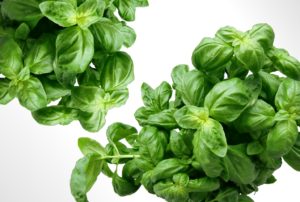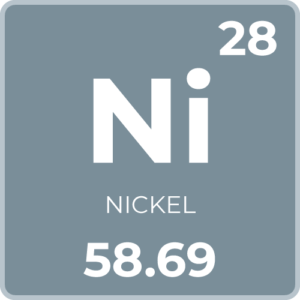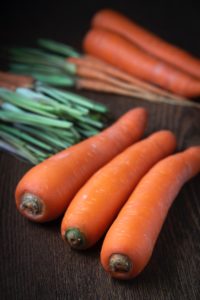Copper (Cu) is one of the essential micronutrients plants need to thrive. While some people may know copper as an element that helps control certain pests and fungi, it’s important to plants’ internal processes. However, a little copper goes a long way. Compared to another micronutrient, iron, plants only need 1/20th the amount of copper.

What Copper Does for Plants
Most of copper’s main functions for plants involve how the plant feeds itself, aka through photosynthesis and metabolism. Plants without enough copper can’t properly transpire or process the carbohydrates made through photosynthesis. Copper is also important to many various enzyme systems within plants, and activating certain enzymes.
Main Roles of Copper for Plants:
- Integral part of several enzyme systems
- Required in photosynthesis
- Aids in respiration/transpiration
- Activates certain enzymes
- Helps for carbohydrate and protein metabolism
- Assists in lignin synthesis by activating enzymes
- Necessary for plants to produce chlorophyll
- Part of seed formation
Micronutrients often play several important roles to plants, and copper is no different. Its main duties involve enzymes and metabolism, although as you can see, that’s far from all it does.
Related: Nutrients for hydroponics
How Plants Get Copper
Copper naturally occurs as a mineral in soil, and that’s where outdoor plants get it. However, soil that has a high pH or low pH don’t often contain sufficient copper. This is especially true in sandy, or peaty environments.Too much copper can be just as much of an issue as too little, especially for sensitive plants. Of course, there are fertilizers and additives to increase copper that can go into any growing medium whether it’s soil or rockwool.
Copper Deficiency and Excess
Copper deficiencies and excesses aren’t as common as with some elements. However, when either happens it can cause damage to plants, especially when it goes untreated. Knowing the signs and symptoms of copper deficiency and excess can prevent problems later on.
Copper is an immobile nutrient, which means signs of deficiency show on young leaves first.
Immobile nutrients can’t be moved from part of the plant to another, even if there’s a deficiency. As a result, older leaves still have the copper (or any other immobile nutrient they need) necessary. Younger leaves and younger growth show symptoms of deficiency because there’s not enough copper in their nutrients, and no copper that can move from older leaves.
Signs of copper deficiency:
- Stunted growth
- Slow growth
- Yellowing (chlorosis) on new leaves
- Withering leaves or stems
- Leaves curl under
- Problems flowering and producing seeds
- Wilted leaves
Signs of copper excess and toxicity:
- Stunted growth with less mass
- Inability for proper photosynthesis and respiration
- Discoloration, chlorosis
- Poor root development in mass and structure
- Bleached leaves (in severe cases)
- Darkened roots
- Tip burn
What About Copper Fungicides?
Copper fungicides are often used in cases of certain fungal infections. They are a tried and proven treatment, but there are still things to be aware of. Some plants are especially sensitive to copper, as is the case with geraniums. However, most young plants are sensitive to this element too, no matter what species they are. If you do choose a copper based treatment, use it carefully. Rather than spraying your entire crop, test it on a few small areas first. And if you plan on using it for younger plants, make sure to dilute it to at least ½ strength.
Keep in mind that an excess of copper can affect uptake of other elements. If you add an excess (toxic) amount of copper, it’s important to dilute it and try to get rid of some of it. Iron uptake in particular is highly affected by excess copper.



